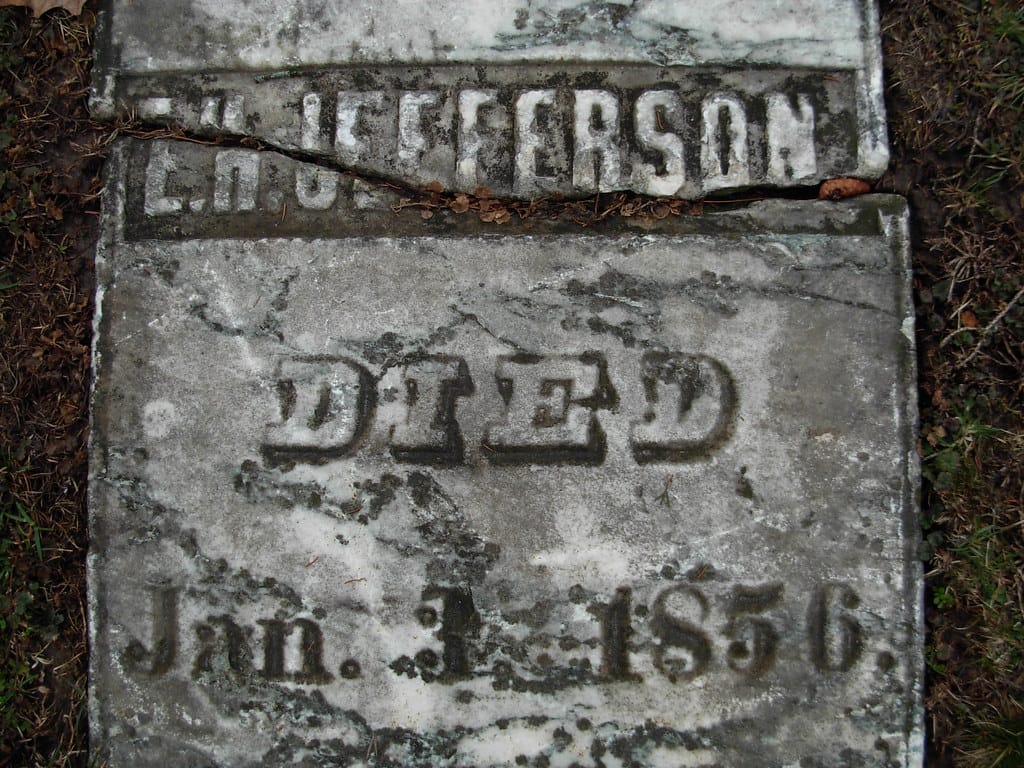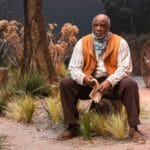This article delves into the intriguing life of Eston Hemings Jefferson, a man whose journey reflects the complexities of post-slavery America. Born into bondage at Monticello, Thomas Jefferson’s renowned plantation, Eston’s path led him from the hardships of slavery to the challenges and triumphs of freedom. His story offers valuable insights into our nation’s history and the enduring impact of racial injustice.
Eston’s Early Life and the Shadow of Monticello
Eston Hemings Jefferson’s story provides a glimpse into the realities of slavery, freedom, and race in 19th-century America. Born at Monticello, his life was intertwined with the complexities of his parentage and the institution of slavery. Born into bondage yet living in proximity to one of the nation’s founding fathers, this inherent contradiction shaped his life’s trajectory. His early life within Monticello’s enslaved community likely instilled a deep understanding of systemic injustice. While details of his childhood remain scarce, we can imagine the struggles and resistances he witnessed, shaping his worldview.
The Pursuit of Freedom and a New Identity
Eston gained his freedom in 1829, along with his siblings. This emancipation, while momentous, presented new challenges. What did freedom mean for a mixed-race man in a racially divided society? Initially settling in Charlottesville, Virginia, near his family, suggests a desire for connection. However, life there likely presented constant reminders of his past and the limitations imposed by his racial background. This probably influenced his later decision to seek a new life elsewhere.
In 1852, Eston moved to Wisconsin, redefining his identity. He began using the surname Jefferson and identified as white. This act of “passing,” while opening opportunities, carried emotional weight. What internal conflicts did he face? What did it mean to relinquish a part of his heritage? These questions illuminate the psychological complexities of racial identity during this turbulent era.
The contrasting paths of Eston and his brother, Madison Hemings—who embraced his Black heritage—highlight the lack of a single response to societal pressures. Each navigated race and identity in his own way, reflecting the diverse experiences within their family. Adding another layer, Eston’s son, John Wayles Jefferson, served as a Union Army colonel during the Civil War. A descendant of enslaved people fighting for a nation grappling with slavery embodies the contradictions of American identity.
Uncovering Eston’s Lost Years
Much remains unknown about Eston Hemings Jefferson. Historical records often overlook ordinary individuals. Further research into his life in Wisconsin—his community involvement, social circles, and professional pursuits as a musician—could reveal more. Was his musical talent a way to build a new life?
The Mystery of Eston Hemings’ Fate
Eston Hemings Jefferson seemingly vanished from historical records in the 1850s. Recent research suggests what may have happened. A skilled carpenter, he inherited not only his likely father’s reddish hair and light complexion but also his aptitude for woodworking. After his emancipation, he and his mother settled near Charlottesville. However, the Fugitive Slave Act of 1850 threatened the freedom of formerly enslaved people, likely prompting Eston’s decision to leave Virginia.
He forged a new identity in Wisconsin, calling himself Eston Jefferson and presenting himself as white. This act of self-preservation underscores the tragic reality of racial inequality. It suggests the immense pressure to protect his family, even if it meant denying his heritage. His resemblance to Thomas Jefferson probably aided this transition, but the emotional toll must have been significant.
Tracking Eston’s life in Wisconsin has been challenging due to limited records. However, researchers have uncovered details about his marriage and children. Ongoing research may reveal more.
Eston Hemings: A Visual Portrait
Eston bore a striking resemblance to Thomas Jefferson. Over six feet tall, with a light bronze complexion, nearly straight auburn-tinted hair, and faint freckles, his appearance was notable. He was also a skilled cabinetmaker and musician. After gaining his freedom, he settled in Charlottesville, purchased land, and built a home, demonstrating resilience. His decision to change his surname to Jefferson was a significant statement about identity. While we have glimpses into his life and appearance, further research is needed.
The Fate of Sally Hemings’ Children
Eston Hemings, the youngest son of Sally Hemings and likely Thomas Jefferson, was born into slavery at Monticello. Jefferson’s will granted Eston and his older brother, Madison, their freedom in 1829. Freedom for a mixed-race man in Virginia presented numerous difficulties. Around 1832, he probably moved to Chillicothe, Ohio. In 1852, he moved to Madison, Wisconsin, changed his last name to Jefferson, and identified as white, a testament to the pressures faced by mixed-race individuals. Madison Hemings embraced his Black heritage, highlighting the diverse paths chosen. Eston’s son, John Wayles Jefferson, fought for the Union Army, further complicating the family narrative. Many details of Eston’s life in Wisconsin remain a mystery.
| Name | Born | Died | Freed | Notable |
|---|---|---|---|---|
| Harriet | 1801 | After 1863 | 1822 | Passed as white |
| Beverly | 1805 | After 1873 | 1822 | Likely passed as white |
| Madison | 1805 | 1877 | 1826 | Lived openly as a Black man |
| Eston | 1808 | 1856 | 1826 | Changed surname to Jefferson, identified as white |
Eston’s story, along with his siblings’, illustrates the nuances of antebellum America. Daniel Parke Custis and Edward Brodess, like Eston, navigated this complex period, though in different capacities. Their dedication to liberty adds another dimension to understanding the era.
Further Research and Untapped Potential
Eston Hemings Jefferson’s story is powerful. It reminds us of slavery’s enduring legacy, the complexities of racial identity, and the ongoing struggle for freedom and belonging. Further research might reveal more about his motivations and experiences. Examining the psychological impact of “passing,” comparing Eston’s choices with those of his siblings, and exploring the irony of his adopting the Jefferson name offer rich avenues for further exploration.
Researching local records in Madison, Wisconsin, might uncover details about his occupation, social connections, and the community he built. This could provide a more complete understanding of his post-Monticello life. Studying his woodworking skills and exploring his musical inclinations could offer unique insights into his personality and how he sought to establish himself in a new community. Exploring the possibility of a negotiated agreement between Sally Hemings and Thomas Jefferson regarding the emancipation of their children could shed light on the dynamics of their relationship and the agency of enslaved individuals in seeking their freedom. These are just some of the potential areas for further research that could deepen our understanding of Eston Hemings Jefferson and his place in American history.
- Unveiling Bernhard Caesar Einstein’s Scientific Achievements: A Legacy in Engineering - July 15, 2025
- Uncover who is Jerry McSorley: CEO, Family Man, Business Success Story - July 15, 2025
- Discover Bernhard Caesar Einstein’s Scientific Contributions: Unveiling a Legacy Beyond Einstein - July 15, 2025















